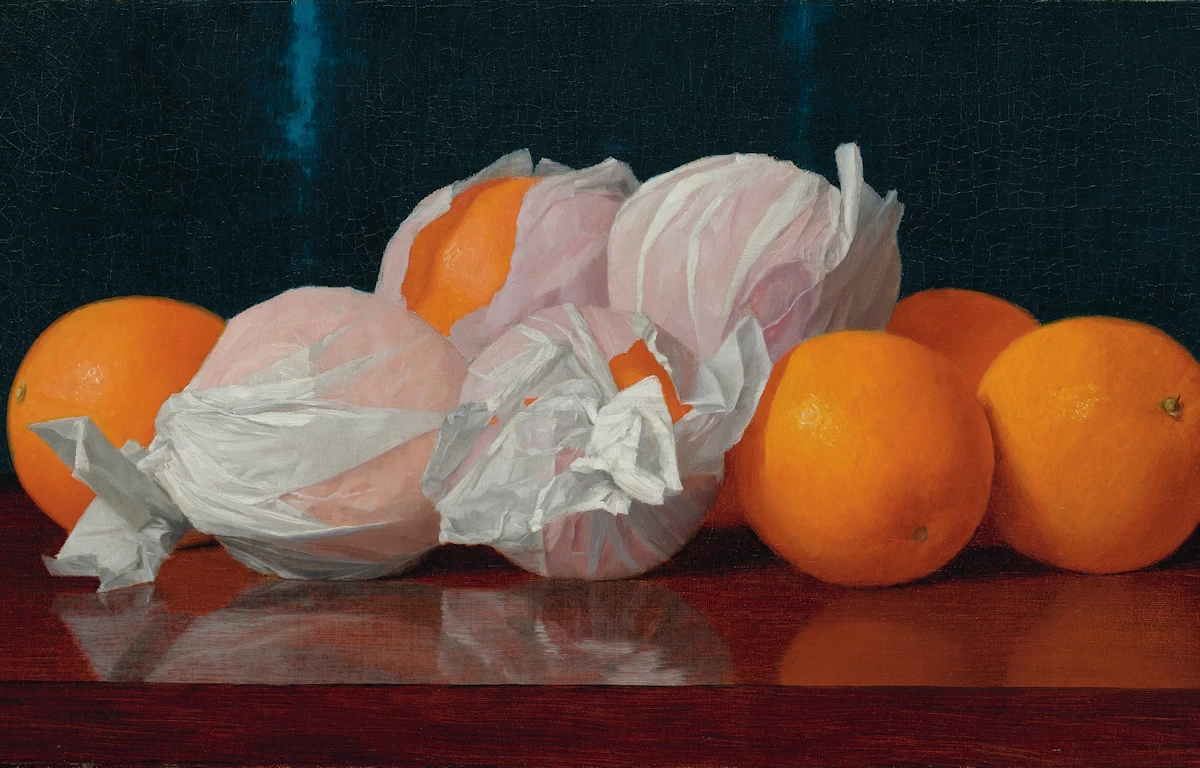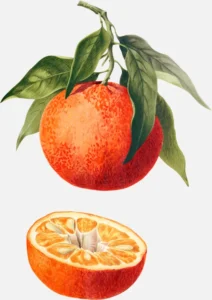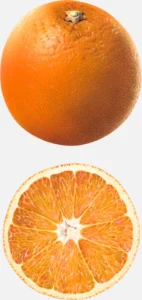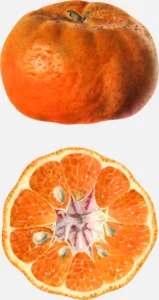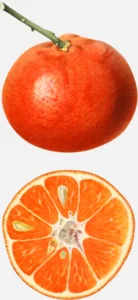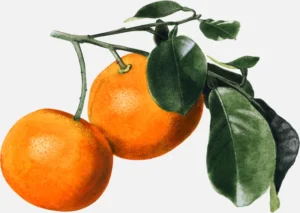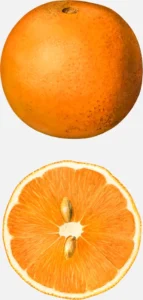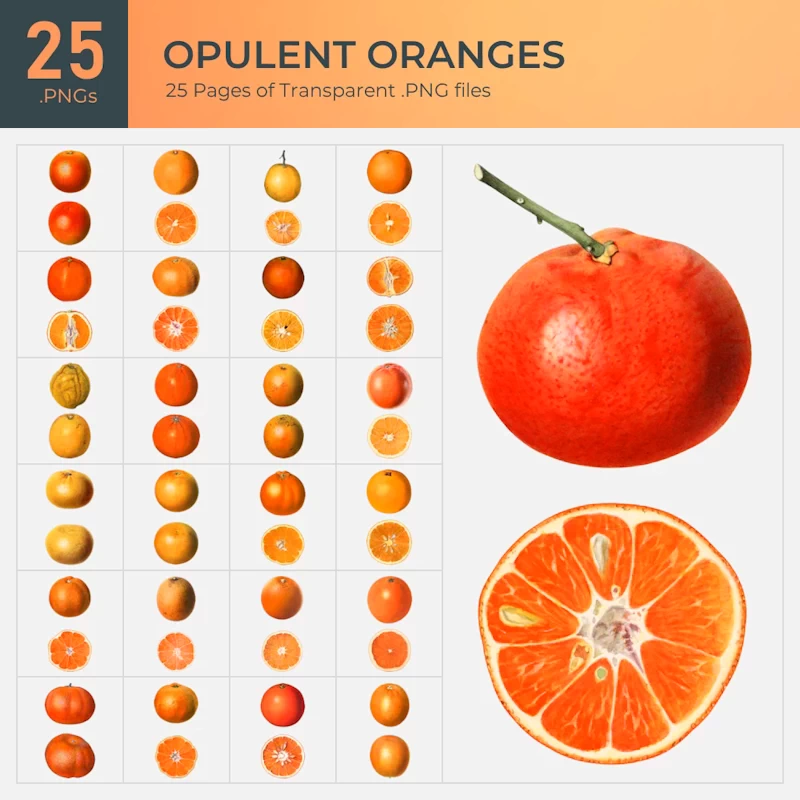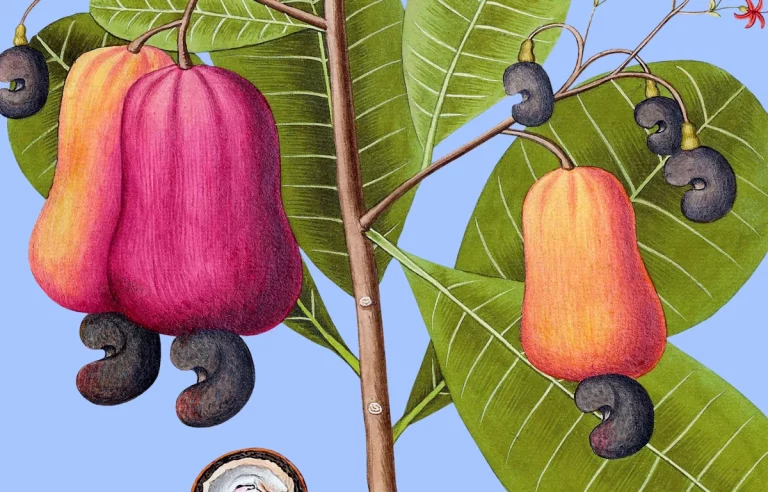The Amazing World of Oranges
Oranges are one of the world’s favorite fruits. Known for their vibrant color, juicy goodness, and refreshing sweetness, they’ve delighted taste buds for thousands of years. But these tangy treats are more than just a snack; oranges have a rich history and come in a surprising variety of shapes, flavors, and uses. So, where did oranges come from, and what makes them so special? Let’s peel back the layers and dive into the fascinating world of oranges.
A Long, Long Time Ago: The History of Oranges
Fast forward a bit, and Arab traders helped oranges hop across to the Mediterranean. Once in Europe, they quickly made a name for themselves in places like Spain and Italy. By the 10th century, oranges had officially gone viral, appearing all over Europe. Then, the Spanish explorers brought these citrusy wonders to the Americas, where places like Florida and California would later become famous for their orange groves.
Today, oranges are grown in warm, sunny regions around the world. Brazil, the United States, and China are the top growers, producing millions of oranges each year. So next time you’re enjoying a glass of OJ, just think—it’s part of a truly global story.
So Many Oranges: Different Types of Oranges
Oranges aren’t a one-size-fits-all fruit. They come in all sorts of varieties, each with its own twist on taste, texture, and juiciness. While there’s no shortage of types, a few stars of the orange world stand out.
Sweet Oranges (Citrus sinensis)
When people think “orange,” chances are they’re thinking about sweet oranges. These are the everyday heroes of the orange world. Whether you’re sipping on orange juice or peeling one for a snack, sweet oranges are usually involved. The popular varieties like Navel and Valencia oranges have made their way into kitchens worldwide.
Valencia oranges, with their perfect balance of sweetness and tang, are the go-to for fresh-squeezed orange juice. With every sip, you’re essentially tasting summer sunshine in liquid form. Navels, on the other hand, are seedless and easy to peel, making them the ultimate snacking orange. And that belly-button-like bump on one end? That’s how they got their “navel” name—just a quirky little reminder of how nature loves to keep things interesting.
While you may find yourself eating them fresh or juicing them, these sweet oranges pack a punch of flavor that’s as versatile as it is delicious.
Mandarin Oranges (Citrus reticulata)
Mandarins are like oranges’ cuter, smaller cousins. They’re known for being easy to peel, perfectly portable, and bursting with sweetness. That’s probably why they’re often the go-to orange in lunchboxes everywhere. Don’t be fooled by their size though—these little oranges have a bold, sweet flavor that packs a punch.
Clementines are a popular type of mandarin that are small, seedless, and super sweet. They’re like the candy of the orange world, except they’re actually good for you! Tangerines, which have a more tart flavor, also fall into the mandarin family, but they keep things a little zestier with their deep orange color and tangy taste. And if you’ve ever had a satsuma, you know how easy these Japanese mandarins are to love—they’re mild, sweet, and practically fall out of their skin when you peel them.
Whether eaten fresh or canned, mandarins are a sweet treat that deserves a place in any orange lover’s rotation.
Bitter Oranges (Citrus aurantium)
Bitter oranges, as the name suggests, don’t exactly fall into the “eat it raw” category. These are the sour cousins of sweet oranges, but don’t dismiss them too quickly—they’ve got their own special role to play. For starters, bitter oranges like the Seville variety are used to make marmalade, that sweet and tangy spread that transforms a plain piece of toast into a breakfast delight.
The bitter orange also moonlights in the perfume and tea world. Ever had Earl Grey tea? You’ve got bitter oranges to thank for that distinct flavor, courtesy of the bergamot orange. These oranges are more about adding a zesty kick to products than starring in your fruit bowl, but their unique flavor is indispensable in many recipes and fragrances.
Jaffa Oranges
Jaffa oranges, hailing from Israel, are a juicy, seedless variety that are loved for their sweetness. While they may not have the tart edge of some other oranges, what they lack in tang, they make up for in pure, juicy goodness. These oranges are perfect for juicing, making them a popular choice for people who want a glass of fresh-squeezed sunshine. Their thin skin makes them easy to peel, which also makes them great for snacking. Plus, with no seeds to slow you down, Jaffa oranges are all about convenience.
While they may not be as flashy as blood oranges or as exotic as mandarin varieties, Jaffa oranges have earned a place in the hearts of citrus lovers around the world. They’ve got the kind of classic, straightforward sweetness that you can’t go wrong with.
Why Oranges Are So Good for You
Oranges don’t just taste good—they’re a health superstar. Packed with vitamin C, fiber, potassium, and antioxidants, they’re practically a superfruit in disguise. Vitamin C keeps your immune system fighting fit, potassium is great for heart health, and the fiber helps keep your digestion running smoothly. Add in those antioxidants that help protect your cells, and you’ve got a snack that’s as good for you as it is delicious.
And let’s not forget, they’re low in calories and filling, so they’re the perfect snack when you want something tasty without overindulging.
Tasty Ways to Enjoy Oranges
Whether eaten fresh, juiced, or added to recipes, oranges bring a sweet and tangy zing to just about anything. Fresh orange slices brighten up any fruit salad, orange zest adds a punch of flavor to baked goods, and marmalade made from bitter oranges makes toast far more exciting. The versatile nature of oranges makes them a kitchen staple across the globe.
Oranges Around the World
Beyond their delicious taste and health benefits, oranges have cultural significance as well. In China, oranges are often seen as a symbol of good luck and prosperity, especially around Lunar New Year. Their bright color and sweetness make them perfect gifts to share with friends and family during celebrations. And in countries like Brazil and the United States, orange farming is a huge part of the economy. Orange groves stretch as far as the eye can see in places like Florida, providing jobs, juice, and plenty of vitamin C to the masses.
Conclusion: The Sweet and Juicy Story of Oranges
Oranges aren’t just another fruit—they’re a tasty slice of history, culture, and health all rolled into one. From the sweet and juicy to the tart and tangy, there’s an orange for every palate and purpose. Whether you’re peeling a mandarin for a quick snack or savoring a glass of fresh-squeezed juice, remember that oranges are more than just a tasty treat—they’re a piece of global history in every bite.


